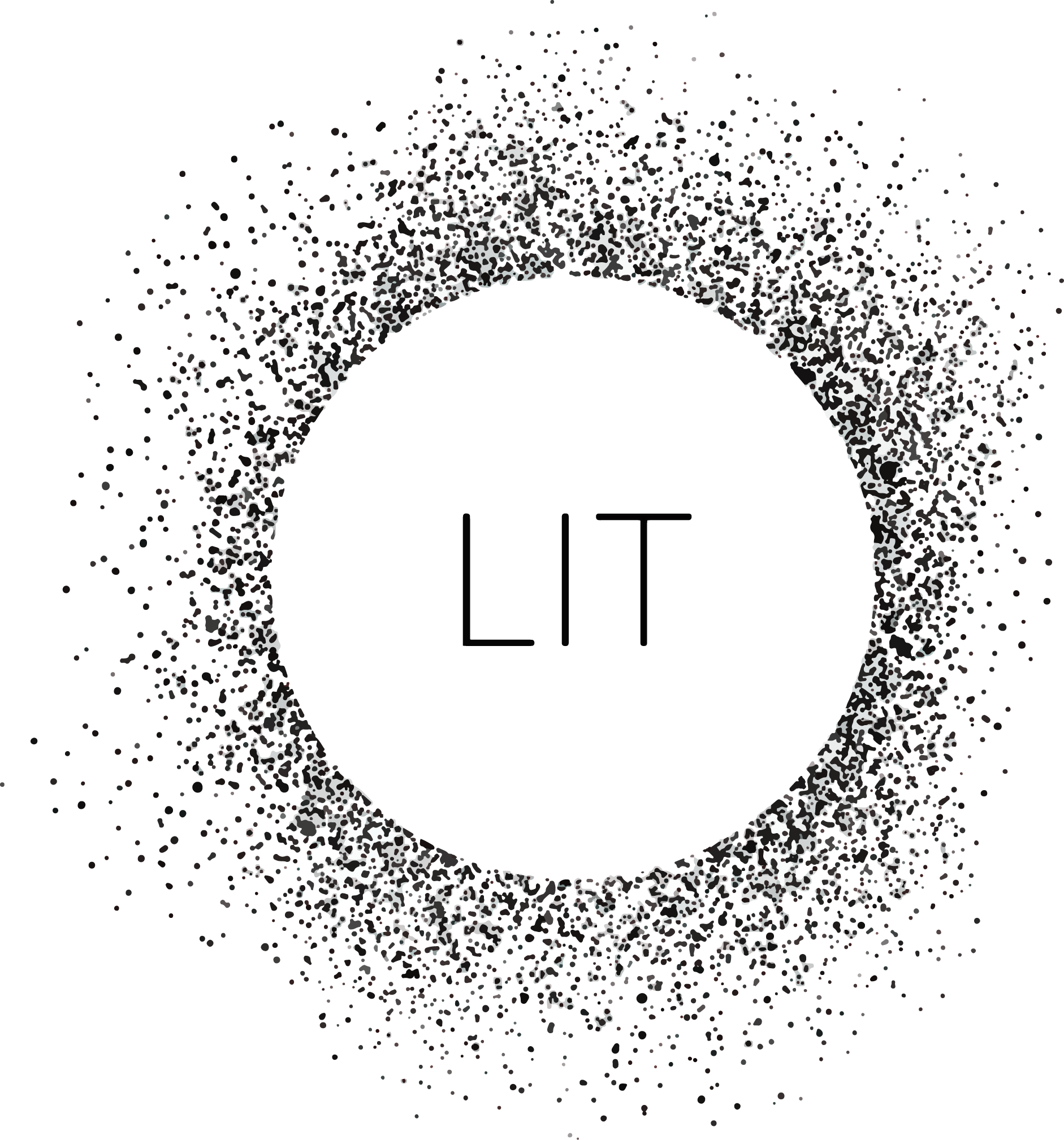Paola handal (Talk | contribs) |
Paola handal (Talk | contribs) |
||
| Line 955: | Line 955: | ||
<div id="bulb"> | <div id="bulb"> | ||
| − | <p class="pop-text">We developed and prototyped a bacterial light-bulb - one that uses light-repressible bioluminescence and co-culturing to create an efficient and sustainable solution for public illumination | + | <p class="pop-text">We developed and prototyped a bacterial light-bulb - one that uses light-repressible bioluminescence and co-culturing to create an efficient and sustainable solution for public illumination. </p> |
</div> | </div> | ||
<div id="barc"> | <div id="barc"> | ||
| − | <p class="pop-text">We developed transcriptional and post-translational light switches for the induction | + | <p class="pop-text">We developed transcriptional and post-translational light switches for the induction of cell adhesion. Guided by light, cells will be directed to form 3D structures by adhering to each other and simultaneously producing, secreting and binding a desired polymer (PHA/silicates) that can be then crosslinked into a solid 3D shape.</p> |
</div> | </div> | ||
Revision as of 14:17, 26 October 2017
UCL iGEM 2017 presents
LIT (Light Induced Technologies)
We developed applications for biological light switches. The mission was to standardise optogenetic tools for wider use in synthetic biology and to show how we can apply them in tissue engineering, building architectural structures and producing bacterial light bulbs.
We used biological light switches to design an organ printing system
We developed and prototyped a bacterial light-bulb - one that uses light-repressible bioluminescence and co-culturing to create an efficient and sustainable solution for public illumination.
We developed transcriptional and post-translational light switches for the induction of cell adhesion. Guided by light, cells will be directed to form 3D structures by adhering to each other and simultaneously producing, secreting and binding a desired polymer (PHA/silicates) that can be then crosslinked into a solid 3D shape.


